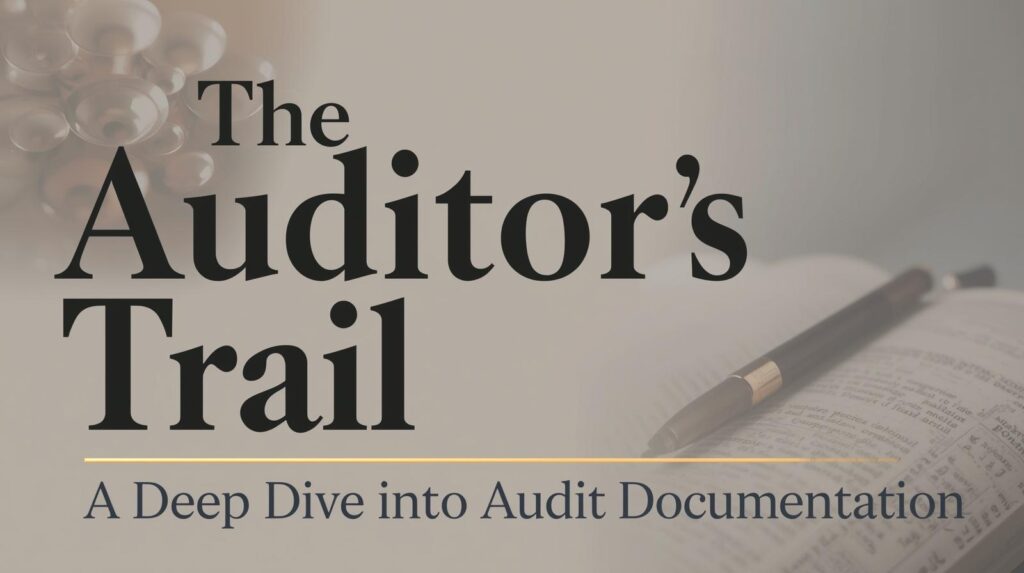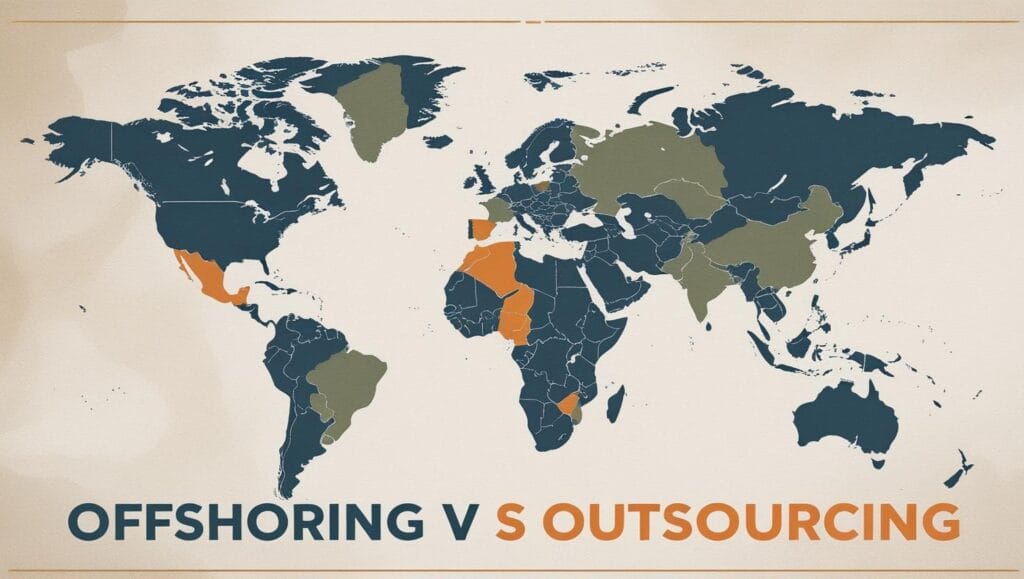The Many Faces of Accounting: A Guide to Its Specialized Functions
Accounting is often perceived as a monolithic field—a world of ledgers, calculators, and tax forms. But this perception barely scratches the surface. In reality, accounting is a diverse and dynamic discipline with numerous specialized branches, each serving a unique purpose and a different audience. These are the distinct **types of accounting functions**, and they act as specialized toolkits for navigating the financial complexities of the modern world.
From guiding a corporation’s internal strategy to uncovering sophisticated financial fraud, each function plays an indispensable role. Understanding these different types is crucial not just for accountants, but for any business owner, manager, investor, or student who wants a complete picture of how financial information is used to maintain order, drive decisions, and ensure accountability. This guide will explore the primary types of accounting functions practiced in the United States, detailing what they do, who they serve, and why they matter.
Financial Accounting
Focuses on preparing standardized financial statements for external users like investors and creditors.
Managerial Accounting
Provides customized information for internal managers to aid in planning, controlling, and decision-making.
Tax Accounting
Specializes in preparing tax returns and planning strategies to minimize tax liability in compliance with IRS code.
Auditing
Involves the independent examination of financial records to provide assurance of their accuracy and fairness.
Forensic Accounting
Uses accounting, auditing, and investigative skills to examine financial records in legal matters, such as fraud cases.
Cost Accounting
A subset of managerial accounting that focuses intensely on determining and controlling the costs of products and services.
Type 1: Financial Accounting – The Public Face of Business
This is the most well-known type of accounting. Its primary function is to track, summarize, and report a company’s financial transactions to the outside world. It speaks a standardized language, governed by rules like Generally Accepted Accounting Principles (GAAP) in the U.S.
- Core Function: To create a consistent and reliable picture of a company’s financial health and performance for those not involved in its daily operations.
- Key Outputs: The main outputs are the formal financial statements: the Income Statement, Balance Sheet, Statement of Cash Flows, and Statement of Stockholders’ Equity.
- Primary Users: External stakeholders are the main audience. This includes investors deciding where to put their money, creditors assessing loan risk, and regulatory bodies like the Securities and Exchange Commission (SEC) ensuring transparency.
- Analogy: Think of financial accounting as a car’s official spec sheet—it provides standardized, reliable data (horsepower, fuel efficiency) that allows you to compare it with other cars before you buy.
Type 2: Managerial Accounting – The Navigator for Internal Strategy
If financial accounting looks outward, managerial (or management) accounting looks inward. Its function is to provide timely, relevant information to a company’s internal decision-makers. It is future-oriented and not bound by the strict rules of GAAP.
- Core Function: To assist managers in making strategic decisions. This includes everything from setting prices and preparing budgets to deciding whether to launch a new product line.
- Key Outputs: Reports are customized to the specific need. They can include sales forecasts, budget vs. actual analyses, product profitability reports, and break-even calculations.
- Primary Users: Internal management at all levels, from department heads to the CEO.
- Analogy: Managerial accounting is the car’s internal GPS and dashboard. It gives the driver real-time data (speed, fuel level, route guidance) to make immediate decisions on the journey.
| Feature | Financial Accounting | Managerial Accounting |
|---|---|---|
| Audience | External (Investors, Creditors) | Internal (Managers) |
| Focus | Historical Data | Future Projections |
| Rules | Strict (GAAP/IFRS) | Flexible / No Rules |
| Scope | Whole Organization | Segments / Departments |
Type 3: Tax Accounting – Navigating the World of the IRS
Tax accounting is a highly specialized function focused entirely on taxes. While it uses the same base data as financial accounting, its goal is different. Instead of fair representation for investors, the goal is compliance with tax law and the minimization of the company’s tax burden.
- Core Function: To ensure compliance with tax regulations established by the Internal Revenue Service (IRS) and other tax authorities, and to legally minimize tax payments through strategic planning.
- Key Outputs: The preparation and filing of federal, state, and local tax returns. It also produces tax planning strategies and analyses.
- Primary Users: The company’s management and, most importantly, the IRS and other tax agencies.
- Analogy: If your income is a river, the tax accountant is an expert hydrologist who understands all the legal dams, channels, and reservoirs to manage the flow and ensure the correct amount reaches the tax authority.
It’s crucial to note that the rules for tax accounting can differ significantly from GAAP. For example, the way depreciation is calculated for tax purposes is often different from how it’s calculated for financial reports.
Type 4: Auditing – The Independent Verifier
Auditing functions as the quality control mechanism for financial reporting. It involves an independent and objective examination of an organization’s financial statements and records. The goal is to lend credibility to the information.
- Core Function: To express an opinion on whether the financial statements are presented fairly, in all material respects, in accordance with the applicable financial reporting framework (e.g., GAAP).
- Key Outputs: An auditor’s report, which is attached to the company’s financial statements. An “unqualified” or “clean” opinion is the best possible outcome, indicating the auditor found no significant issues.
- Primary Users: The same external stakeholders who use financial statements (investors, creditors, regulators), as the audit report gives them confidence in the information.
- Types of Auditors:
- External Auditors: Independent CPA firms hired by a company to audit its statements.
- Internal Auditors: Employees of the company who check for efficiency, risk management, and compliance with internal policies.
- Analogy: An auditor is like an independent home inspector. They don’t build or live in the house, but they examine its foundation, structure, and systems to give a potential buyer assurance that it’s sound. [Image of a magnifying glass over a financial document]
Type 5: Forensic Accounting – The Financial Detective
When financial wrongdoing is suspected, forensic accountants are called in. This function blends accounting, auditing, and investigative skills to uncover fraud, embezzlement, and other financial crimes. Its findings are often used in a court of law.
- Core Function: To investigate and analyze financial evidence, develop computer applications to manage the information collected, and communicate their findings in the form of reports and courtroom testimony.
- Key Outputs: Litigation support reports, expert witness testimony, and evidence used in criminal or civil proceedings.
- Primary Users: Law enforcement agencies (like the FBI), law firms, insurance companies, and corporations’ boards of directors.
- Analogy: A forensic accountant is the “CSI” of the financial world. They arrive at a financial “crime scene” to uncover what happened, who was responsible, and how to prove it.
Other Important Accounting Functions
Beyond the major types, several other specialized functions exist:
Cost Accounting
Often considered a detailed subset of managerial accounting, cost accounting is laser-focused on a company’s costs. Its function is to capture, analyze, and control the costs associated with producing a product or providing a service. It answers questions like, “What is the exact cost to produce one unit of our product?” This is vital for setting prices and identifying inefficiencies.
Governmental & Public Accounting
This function deals with the financial management of public sector entities—federal, state, and local governments, as well as public universities and hospitals. It is governed by a separate set of rules from the Governmental Accounting Standards Board (GASB). The focus is not on profit, but on stewardship of public funds and accountability to taxpayers.
Frequently Asked Questions (FAQ)
Which type of accounting is most important for a small business?
For a small business, a blend is necessary. Financial accounting is essential for preparing statements for banks (to get loans) and for basic record-keeping. Tax accounting is non-negotiable for IRS compliance. As the business grows, implementing principles of managerial and cost accounting becomes crucial for making smart decisions about pricing and expenses.
How is an auditor different from a forensic accountant?
An auditor’s goal is to provide an opinion on the overall fairness of financial statements, following a planned procedure. They are looking for material misstatements, which may or may not be due to fraud. A forensic accountant’s goal is to investigate a *specific* suspicion of wrongdoing. Their procedures are investigative, not planned, and they are specifically looking for evidence of a financial crime.
Can one person perform all these functions?
In a very small company, one person might handle the basics of financial, managerial, and tax preparation. However, these functions are distinct professions that require specialized skills and certifications (like a CPA). Crucially, functions requiring independence, like external auditing, must be performed by an outside party. You cannot audit your own company’s books for public assurance.

